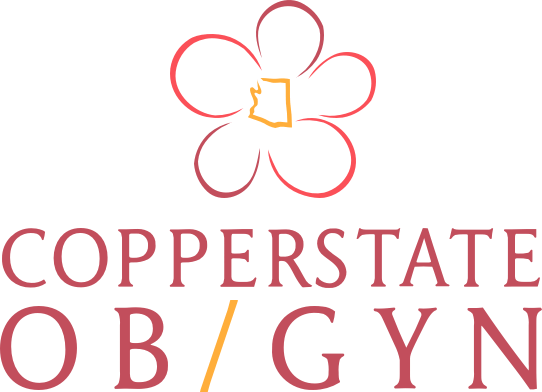You have just delivered your baby and are enjoying the experience of new motherhood; congratulations!
However, the first stages of motherhood can also have challenges. Here we will explain what the 4th trimester is, what it involves and how to prepare for it in advance!
Continue reading “Navigating the 4th Trimester: What to Expect Postpartum”






